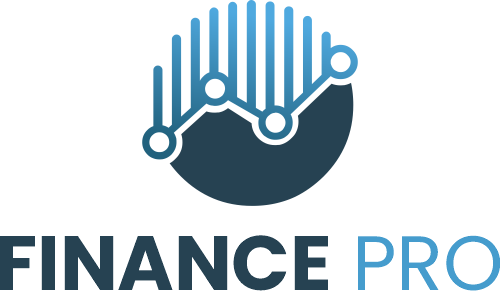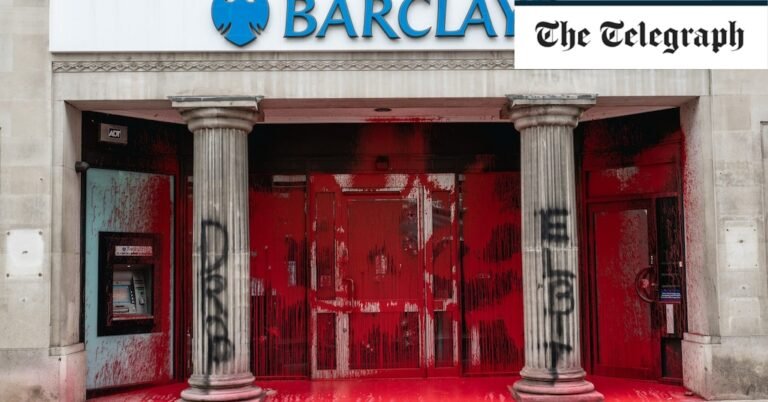Arts funding has always been complicated.
For several years, I chaired the Royal Academy of Art’s Corporate Board, whose key role is to secure sponsorship for exhibitions. The RA is a venerable institution, founded over 250 years ago, but has never received government funding, making that sponsorship essential.
The “money side” of art involves several inherent challenges. Like other major galleries, the RA benefits from generous loans of artwork for exhibitions, but shipping and insurance costs are hard to gauge, along with footfall. Without knowing either the costs or income, figuring out sponsorship targets is, to put it mildly, an inexact science.
“Royal Academicians” (eminent practising artists) decide on exhibitions based on intellectual or artistic merit, rather than commercial viability – which sounds exactly the way it should be. But an artist’s controversial past or “challenging” work sometimes made it impossible to raise even the cost of producing the catalogue.
The Board had to secure enough sponsorship money for the blockbuster shows to plug the gaps. I was lucky to be involved from 2011-15, when those included Degas, Monet, Manet and Reubens.
The biggest obstacle, by far, was any whiff of disdain for money. One artist used his after-dinner speech at a big event intended as a “thank you” for business supporters – where I had pinned my hopes on more sponsorship – to express his contempt for the corporate world.
His speech was seen by some as a triumph of the purity of art over “filthy lucre” – I saw it as an act of self-harm.
Patronage of talented artists has enabled them to do their work – and the rest of us to enjoy it – for hundreds of years. Today, the dominoes are falling fast.
Barclays has suspended its sponsorship of Latitude, Download and the Isle of Wight music festivals after Bands Boycott Barclays demanded it debank defence companies trading with Israel. Musicians have celebrated the result, but at what price?

